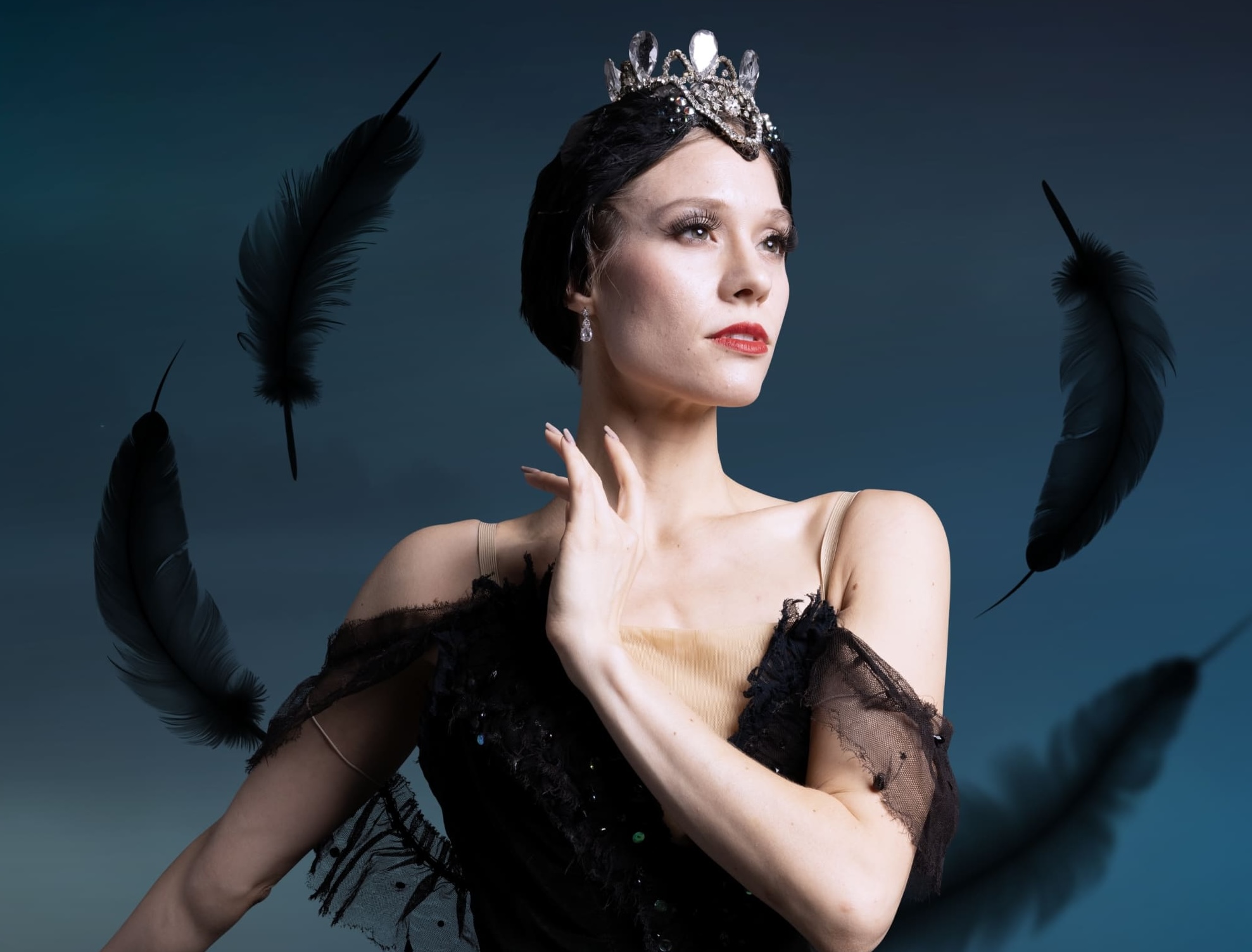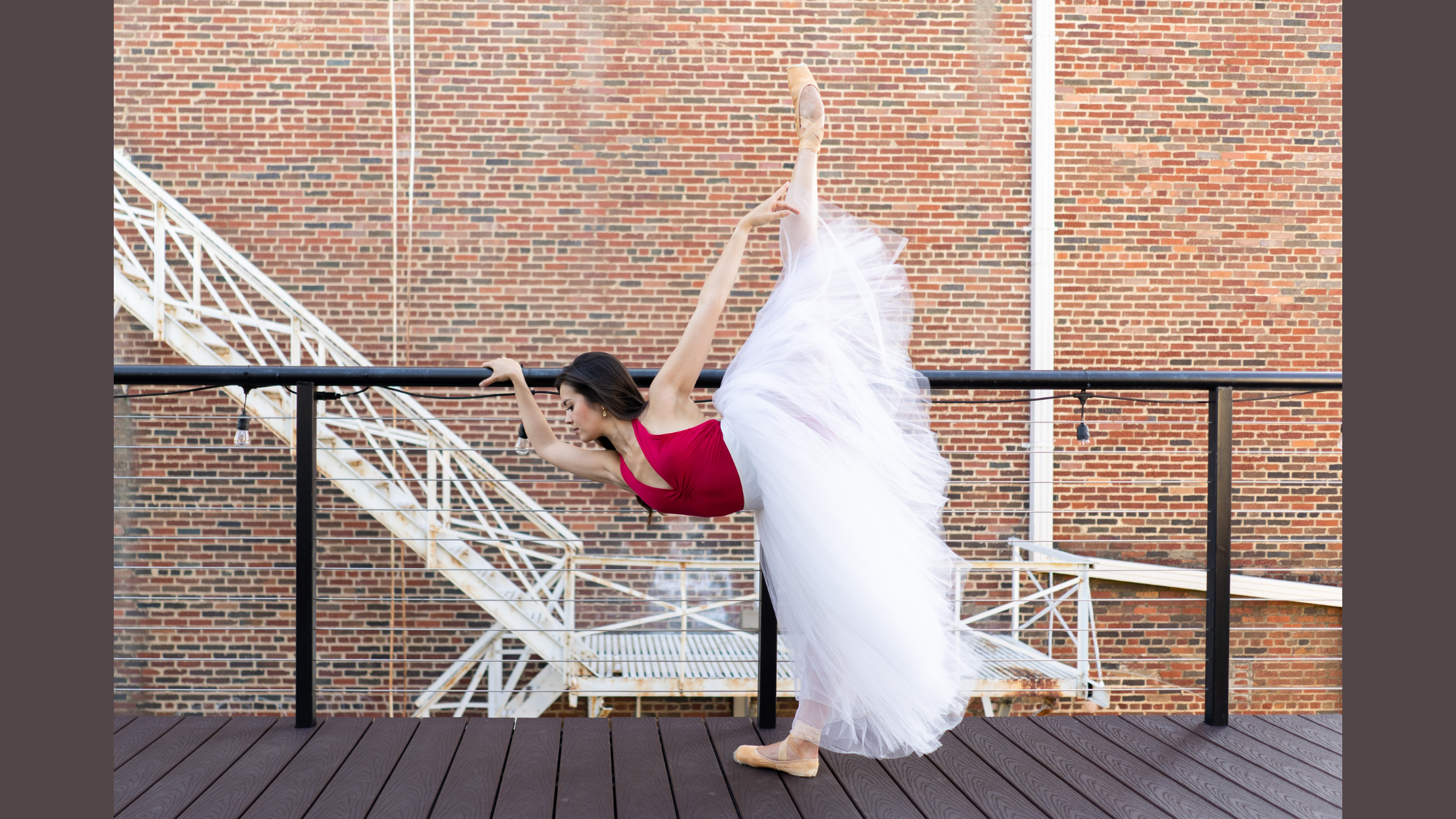
June 15, 2022

By Mary Ashley Ray
Staying in shape and injury-free is essential for dancers, which is why physical therapy (PT) is a critical tool in a dancer’s arsenal. Athletico Physical Therapy is the Official Physical Therapy Provider for Texas Ballet Theater (21-22 season), helping keep TBT dancers healthy and onstage. One of Athletico’s own physical therapists sat down with TBT to discuss the importance of PT in a dancer’s life.
Dr. James Fredrickson, DPT, is a Bowstring-certified manual therapist at Athletico’s location in Prosper, Texas. As a former dancer himself, he understands the value of PT firsthand.
“When I was dancing ballet I was always working with fellow dancers to find ways to become stronger and more flexible,” he says. “If I had paid closer attention to the knowledge of my physical therapist when I was dancing, I could have extended my dance career.”
Fredrickson recognizes that dancers’ bodies are unique compared to those of athletes or any other clients. Because of their increased flexibility, he often focuses less on stretching and more on strengthening when working with them.
“The therapeutic interventions I prescribe may be challenging but they will help a dancer heal and protect their body throughout a rigorous performance season,” Fredrickson says.
He has worked with dancers intermittently for five years and truly enjoys working with this special population of athletic artists. “I love working with dancers because it’s a way to give back to the community that taught me the value of discipline, hard work, and humility,” he says.

While the frequency of visits might change throughout the season, Company Dancer Dara Oda consistently works with TBT’s physical therapists.
“When I’m in the rehearsal process for a particularly challenging show, I go much more frequently to make sure that I’m taking good care of my body and prevent any minor issues from turning into major injuries,” she says. “If I’m working through an injury, I go regularly to check in with our physical therapists and make sure that I’m doing everything I can to recover well. Even when my dancing schedule isn’t as rigorous, it’s so wonderful to have regular PT to deal with things like tight muscles or get helpful exercises to build strength.”
Oda says that with such a physically demanding job, PT can make or break a dancer’s performance. Regular physical therapy sessions give her tools to stay healthy and prevent injury, which is something nearly every dancer faces at some point in their career.
“I think one of the most important things I’ve learned is how to listen to my body,” she says. “As dancers, we’re used to dealing with pain, but there are some things that shouldn’t be pushed through. Thanks to PT, I have a better understanding of my body and how to take care of myself so that I can be as strong and healthy as possible.”
Photos of Dara Oda taken by Company Dancer Joamanuel Velazquez.